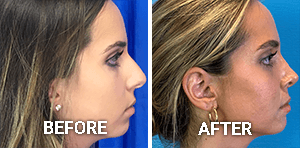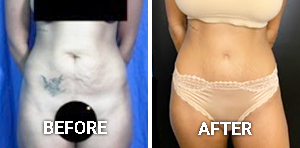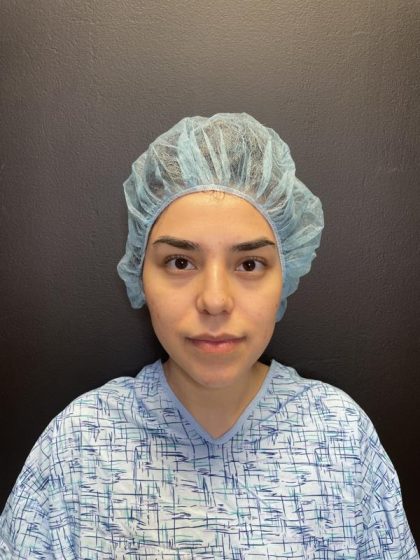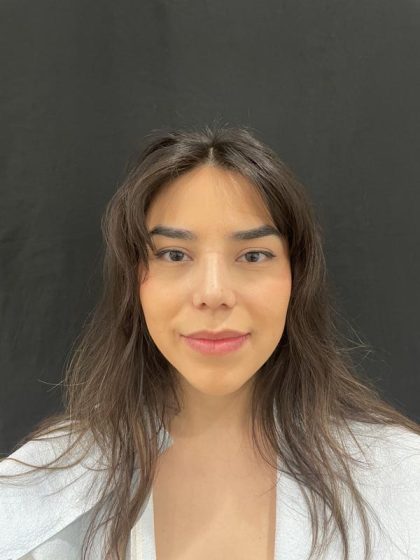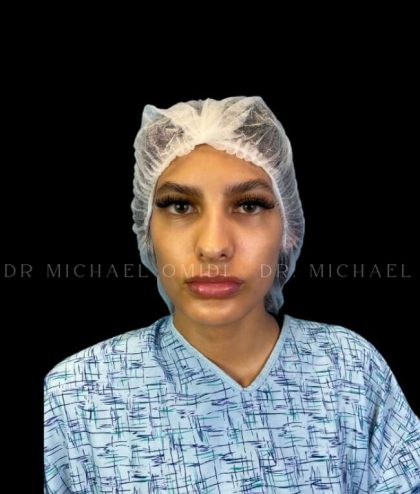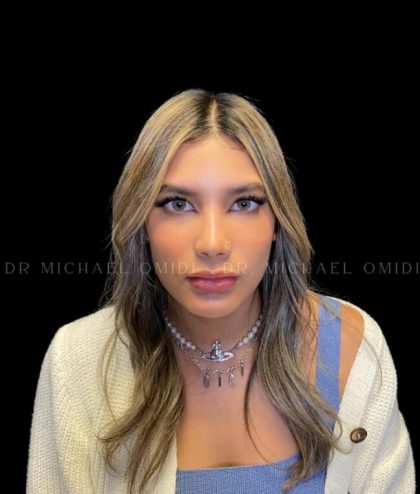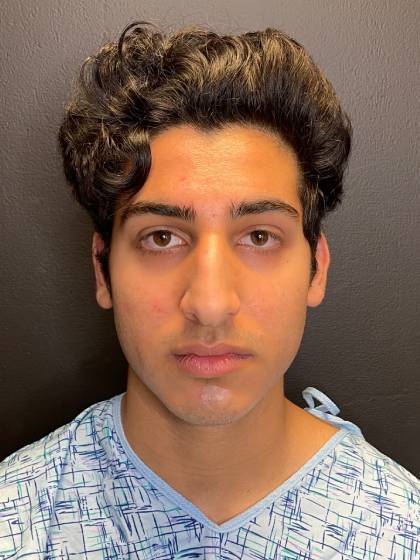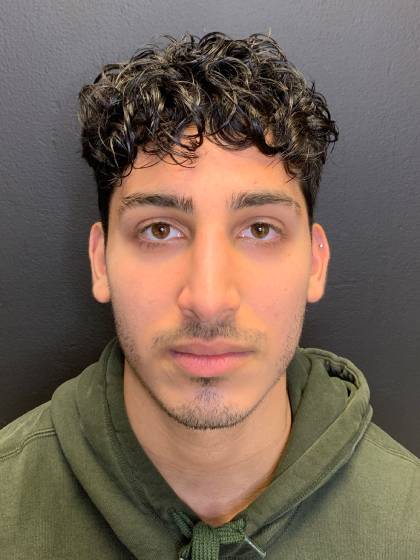Revision Rhinoplasty with Cartilage Grafts
Conveniently located to serve the areas of Beverly Hills and Greater Los Angeles
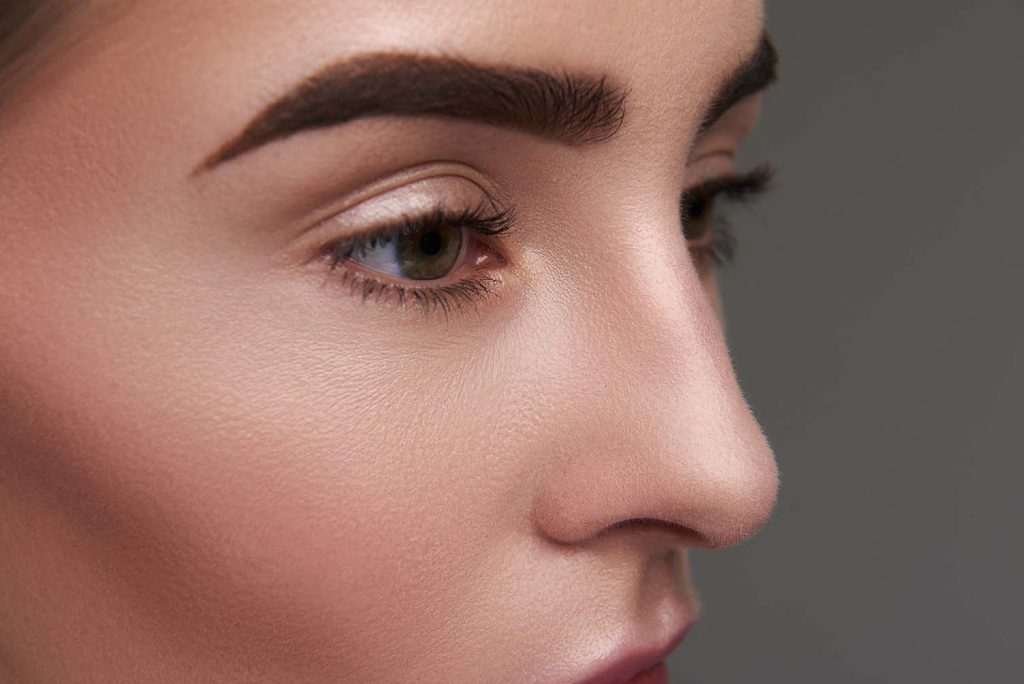
Revision rhinoplasty is a procedure to address and correct the outcome of a previous rhinoplasty. Patients who have undergone rhinoplasty surgery and find their results unsatisfactory due to aesthetic or functional issues often seek a secondary or revision procedure to correct them. While there are different techniques to fix the problems with an original procedure, cartilage grafts can can be added to reinforce the underlying structure of the nose. An unappealing nasal dorsum, or nasal ridge is perhaps the most common reason patients seek rhinoplasty surgery, and while correcting this and other nasal aesthetic concerns, many surgeons remove too much cartilage or bone, and the outcome is unfortunate.
Rhinoplasty is one of the most frequently performed surgeries in the world. [1] However, it’s also considered one of the most difficult, and the rate of revision surgery for this procedure is one of the highest.
Patients unhappy with their initial nose job rightfully search for a new surgeon to perform the revision. And, many patients in Beverly Hills and Southern California have reached out to Dr. Michael Omidi, MD for a secondary rhinoplasty because of his reputation and proven track record of excellent results. Dr. Omidi is a double-board certified surgeon with the experience and knowledge to correct your original rhinoplasty and create beautiful results. He understands the toll a botched nose job can take on a person’s psychological health. He pairs this compassion with incredible skill to improve the results of an original surgery. Are you ready to start a new path with a surgeon who can help you love your nose again? Call us at (310) 281-0155 or fill out our form to receive a call back. Our dedicated staff will be happy to set up a confidential consultation.
Find out more about our practice and the expertise Dr. Omidi brings to each case by following our blog.
Contents
- 1 Before and After Photos
- 2 Can You Fix My Nose Job?
- 3 What are the Benefits of Revision Rhinoplasty?
- 4 Can I Get A Second Nose Job?
- 5 Personal Consultation
- 6 Preparing for Surgery
- 7 The Procedure
- 8 How Long Does It Take To Recuperate From a Nose Job?
- 9 Your Results
- 10 How Much Does It Cost To Fix Your Nose Job in Beverly Hills?
- 11 References
Before and After Photos
Can You Fix My Nose Job?
If you do not love your nose job, you are not alone. Rhinoplasty is one of the most difficult cosmetic surgeries, and revision rhinoplasty is very common. [2] The shape of the nose is created by a complex network of underlying bones, tissue, cartilage, and the overlying soft tissues. Unfortunately, primary rhinoplasty surgery can result in your original surgeon aggressively over or under-addressing the structure and tissues of the nose, which may create an uneven appearance or, worse, functional issues. In cases where the original rhinoplasty results in an excessive lowering of the nasal bridge or overzealous cutting of the nasal tip cartilage, a profound and sometimes progressive collapse of the nasal framework can result. [3] When the midline of your nose appears too thin or uneven, or the overall structure is unattractive because of an overzealous approach, Dr. Omidi can correct the mistakes of your original surgeon by applying cartilage grafts.
Cartilage Autografts
Cartilage grafts fall into two categories: autologous grafts, where the grafting material is obtained from the patient’s body, and homologous or allograft cartilage obtained from a donor. Depending on the cartilage needed to repair the original rhinoplasty, there are two types of cartilage used:
- Hyaline cartilage addresses rigid framework issues of the nose. Hyaline cartilage is found throughout the body, but the donation site for grafting procedures is typically the ends of the ribs. [4]
- Elastic cartilage is advantageous when the repaired feature of the nose needs to be more malleable, such as in the nasal tip. Elastic cartilage is donated from the patient’s ear, specifically the pinna, or cup-shaped portion of the outer ear. [4]
What are the Benefits of Revision Rhinoplasty?
Secondary rhinoplasty not only amends the issues resulting from your original rhinoplasty but can drastically improve your quality of life. Initially, when preparing for your first rhinoplasty surgery, patients are enthusiastic, hopeful, and looking forward to boosted confidence from their new nose. However, when the results of the original rhinoplasty are drastically or even minimally mishandled, it can cast a shadow over the patient’s psychological health. While it can be scary to undergo a revision rhinoplasty, finding out more about your surgeon will help to set your nerves at ease. First, there is no shame in needing revision rhinoplasty. Even if you were casual with your due diligence the first time, this is your chance to learn everything there is to know about revision rhinoplasty, so you are informed and empowered.
During your consultation, Dr. Omidi takes his time to answer your questions about the procedure, the results you can look forward to, and his experience with revision rhinoplasty. Then, when you feel ready to take the next step to correct your nose with Dr. Omidi and our dedicated team, we will be with you every step of the way.
Can a Botched Nose Job Be Fixed?
The good news is that revision rhinoplasty is possible in many cases where the patient is unhappy with their initial results. The benefits may be aesthetic or functional, which means your nose can look better and breathing issues can be addressed. However, it is crucial to understand that with revision rhinoplasty, complex issues may arise during surgery that are not discernable from a simple examination of the nasal exterior. These issues include a lack of available tissue and scarring, which is why the consultation process is so important. To schedule an appointment for your initial consultation in Beverly Hills, call (310) 281-0155 or fill out this form. Our team is standing by to take your call.
Can I Get A Second Nose Job?
If you had realistic expectations of what your nose would look like after your initial surgery, but they fell short, or you have breathing issues from functional complications, revision rhinoplasty might be an excellent option. The ideal candidate for revision rhinoplasty has an accurate depiction of their current nose and does not suffer from body dysmorphic disorder (BDD). Additionally, a good candidate for revision rhinoplasty will be in good health and a non-smoker or willing to temporarily quit before, during, and after surgery.
Personal Consultation
Before examining your nose, Dr. Omidi will ask questions about your health and the concerns associated with your first nose job; you should also tell Dr. Omidi of any past surgeries. Next, Dr. Omidi will palpate your nose to get a better sense of the underlying structure through touch as well as visually. Dr. Omidi will also assess the quality and thickness of the skin on your nose. Finally, he will determine if the revisions you seek are valid.
Preparing for Surgery
To best prepare for your upcoming surgery, we have compiled pre-treatment instructions for your benefit. In addition, Dr. Omidi directs his surgical patients to adhere to the following guidelines before treatment:
- Stop smoking temporarily. Nicotine can impede the healing process.
- Collect prescription medications prescribed by Dr. Omidi to better ease into a comfortable recovery.
- Do not take NSAIDs, blood thinners, specific vitamins, and supplements that may increase bleeding risk during surgery. Ask Dr. Omidi for a complete list of medicines to avoid or stop taking.
- Arrange for a friend or family member to drive you home after surgery and stay with you the first night you return home to recover.
- Do not eat or drink anything after midnight on the night before your surgery.
- Plan to take 2-3 weeks off from work while you recover.
On the day of your surgery, please arrive at our offices with a clean face free from makeup. Our staff will guide your experience from the moment you arrive to help you stay calm and feel at ease as you undergo this life-changing procedure.
The Procedure
Revision rhinoplasty is challenging because although Dr. Omidi will know what was done to your nose in your previous procedure(s), he is unable to tell how it has affected the tissue until he operates. This requires him to perform an open rhinoplasty because it offers a comprehensive view and optimal access. A small incision is made across the collumella, the tissue that lies between the nostrils, and the soft tissue that encases the nose is lifted, exposing the interior structure of the nose.[2]
During revision rhinoplasty with cartilage grafting, a carefully shaped piece of cartilage will be placed to revise the tip, the dorsum, or other areas needing reinforcement. Cartilage enhances your nose’s structural support, functional ability, and aesthetic appeal, so the results of your revision rhinoplasty can meet your previous expectations for surgery. Once the graft is sutured in place to create the desired effect, incisions will be closed. Dr. Omidi will use his experience, knowledge, and discretion to correct and enhance the overall features of your nose so you will finally love your nose.
How Long Does It Take To Recuperate From a Nose Job?
During your consultation, we will give you the knowledge you need to manage post-surgical discomfort, bruising, nasal stuffiness and congestion, and swelling. Following our post-op instructions, you can offset any symptoms within two to three weeks.
Here is a general idea of what you can expect from recovery:
- Get plenty of rest and stay hydrated.
- Rest on your back with your head elevated.
- Avoid applying any pressure to your nose to safeguard your results.
- Do not blow your nose until Dr. Omidi instructs you that it is safe to do so.
- Avoid any physical activity for at least six weeks or until given clearance by Dr. Omidi.
Your nose splint, dressings, and sutures are removed at a follow-up appointment, and this is when you can return to some light activity and your job. If you have questions about your recovery, call our office at (310) 281-0155, and we will be happy to help.
Your Results
Once your nose has fully recovered, and the swelling subsides, you can look forward to a beautifully contoured and functional nose. This can take anywhere from several months to up to a year. But for those correcting unfortunate outcomes from their initial surgery, the results are worth the wait! Dr. Omidi aims to create for you a nose that compliments the features of your face while also correcting the complications from your original surgery.
How Much Does It Cost To Fix Your Nose Job in Beverly Hills?
The final cost for your revision rhinoplasty will be determined by the details of your case and the techniques needed to achieve optimal results. If you want information on paying for your surgery, look at our financial page.
References
- Fichman M, Piedra Buena IT. Rhinoplasty. PubMed. Published 2020. https://www.ncbi.nlm.nih.gov/books/NBK558970/
- BUSSI M, PALONTA F, TOMA S. Grafting in revision rhinoplasty. Acta Otorhinolaryngologica Italica. 2013;33(3):183-189. https://www.ncbi.nlm.nih.gov/pmc/articles/PMC3709529/
- Davis, R. E., (2016, May 24). Revision Rhinoplasty. Ento Key. https://entokey.com/revision-rhinoplasty/
- Otley CC, Sherris DA. Spectrum of cartilage grafting in cutaneous reconstructive surgery. Journal of the American Academy of Dermatology. 1998;39(6):982-992. doi:10.1016/S0190-9622(98)70274-9




